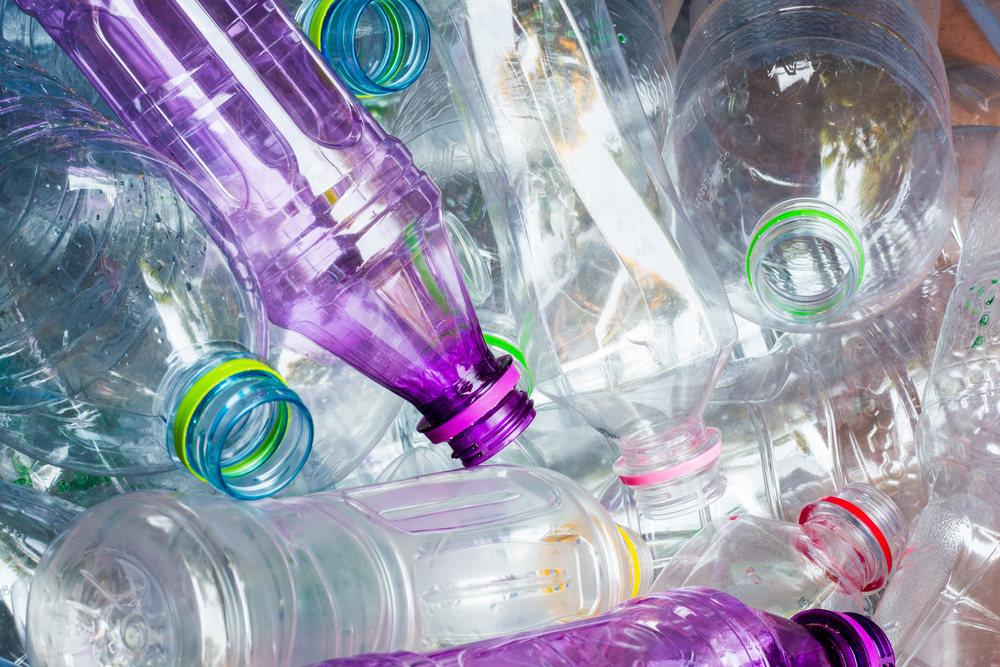UML Researchers Extract Green Hydrogen from Industrial Plastic Waste

A research team comprised of scientists from the University of Massachusetts, Lowell (UML) and the U.S. Army have developed a novel way to extract hydrogen from scrap plastic. Known as green hydrogen, the gas can be used as fuel for hydrogen fuel cells. Its only byproduct when burned is water vapor.
Making their research even more impressive is the fact that they utilize non-thermal plasma to do most of the work. They are able to produce green hydrogen more cheaply than through other means and without producing greenhouse emissions. All the while, the process makes use of scrap low-density polyethylene (LDPE) that would otherwise be destined for a landfill.
A Common Type of Consumer Plastic
LDPE is a fairly common consumer plastic found in beverage bottles, food trays, single-use food packaging, and all sorts of plastic parts for manufacturing consumer products. It has been estimated that the U.S. alone produces more than 3.5 million tons of LDPE annually.
As you might know, more than 90% of the consumer plastics generated globally never get recycled. They wind up in landfills or incinerators. That being the case with LDPE, turning it into hydrogen fuel seems like a fantastic way to keep it from being ditched.
For the record, the UML process separates hydrogen molecules from their carbon counterparts. That is pretty much the bulk of LDPE: hydrogen and carbon. At the completion of the hydrogen extraction process, researchers are left with solid carbon. This can also be put to use elsewhere.
Extracting Hydrogen With Plasma
The researchers have developed a process whereby they can extract hydrogen from LDPE using non-thermal plasma. At this point, it is important to note that plasma is not so much material as it is a state of matter. It is considered the fourth state of matter behind liquid, solid, and gas.
To create their plasma, the researchers introduced a high-voltage electrical charge into a closed reactor kept at atmosphere pressure. The matter inside the reactor is transformed into plasma with highly reactive molecules that want to move. When LDPE is introduced into the reactor, plasma molecules collide with hydrogen molecules and separate them from the carbon.
This is an overly simplistic explanation of how the process works. The most important thing to note is just how efficient it is compared to extracting hydrogen using a thermal plasma reactor. Thermal plasma reactors require tremendous amounts of energy to reach temperatures as high as 21,000 degrees. Compared to the amount of energy consumed, a thermal process does not produce nearly as much green hydrogen.
Now It’s Time to Scale Up
As is the case so often with these sorts of things, being able to extract hydrogen safely and cheaply from LDPE in a lab is one thing, scaling the technology up to make it commercially applicable is something entirely different. That is where the researchers are right now. If they hope to make something viable out of their research, they have some work to do.
The promise of their success is a readily available supply of green hydrogen that could potentially fuel vehicles powered by hydrogen fuel cell motors. If they succeed, their efforts will be a genuine game-changer for LDPE recycling.
While we wait to see what happens, the team here at Seraphim Plastics will continue to do what we’ve always done: purchase and recycle industrial plastic waste from companies in seven states. If you would like to learn more about what we do, feel free to contact us at any time. You just might have post-commercial or post-industrial plastic waste that we are interested in.